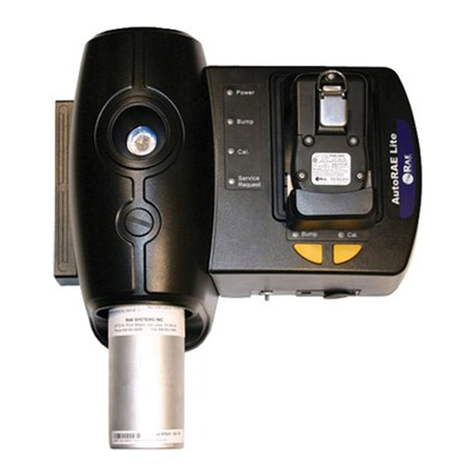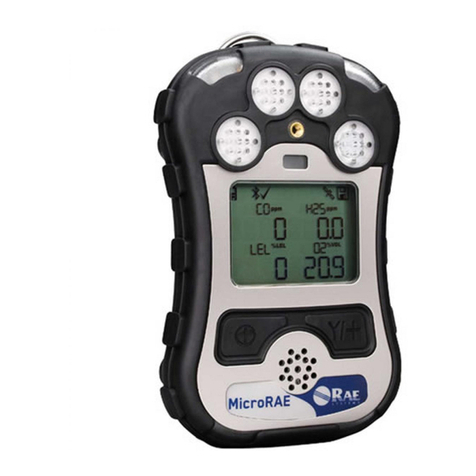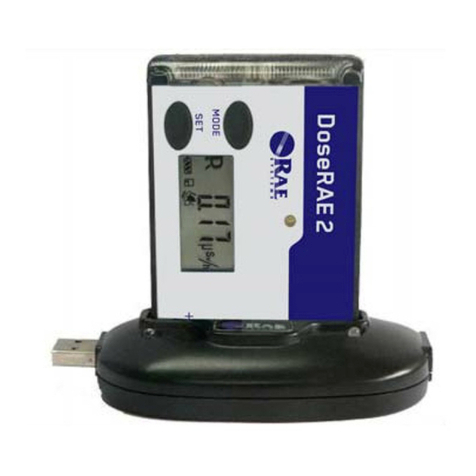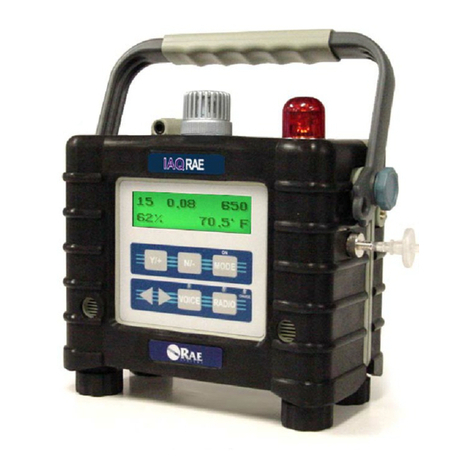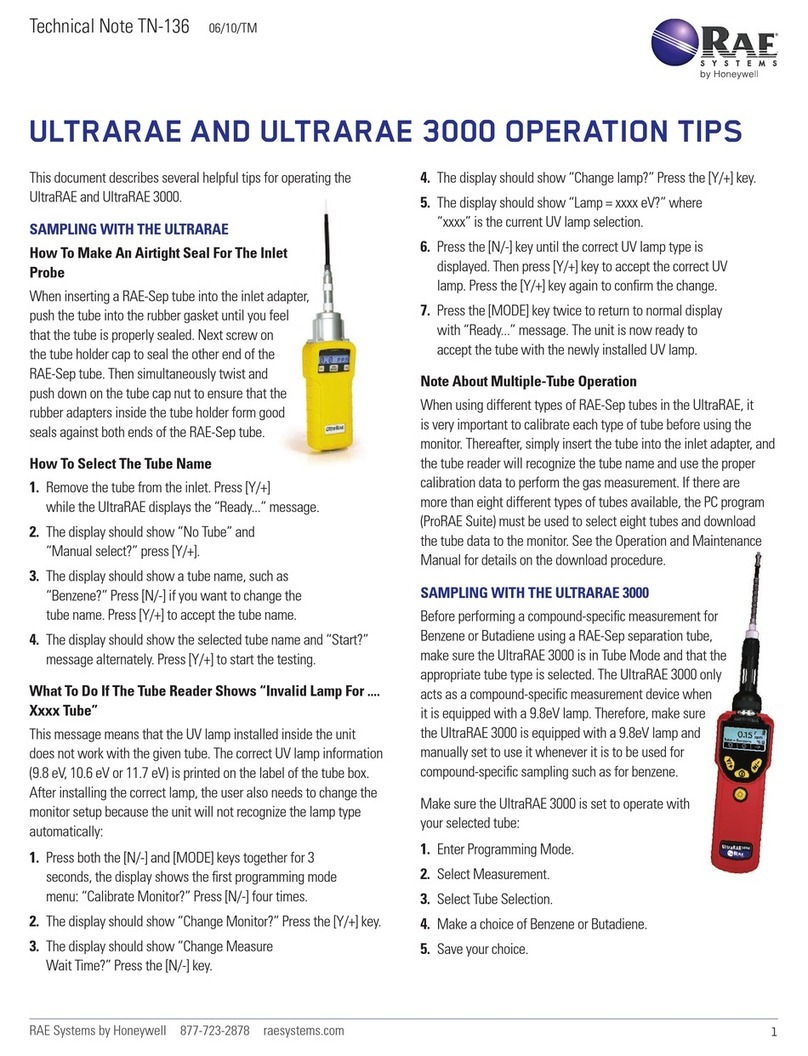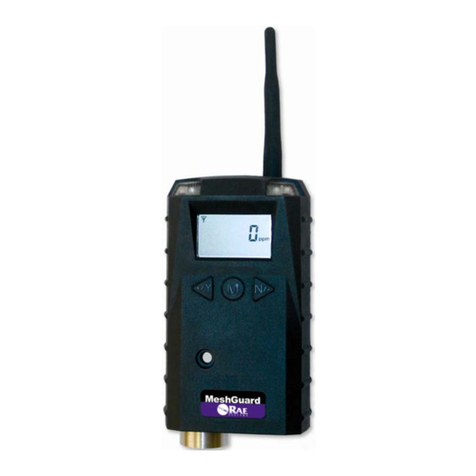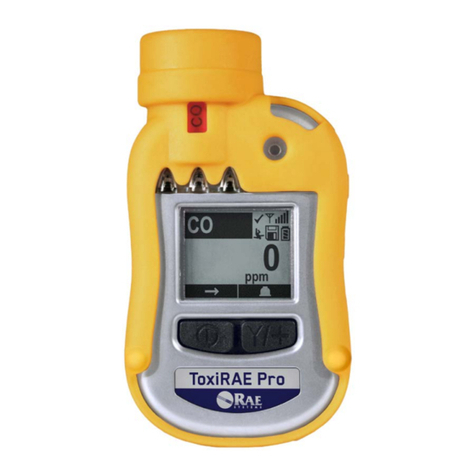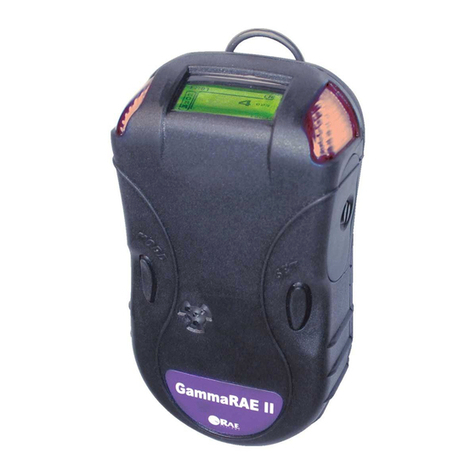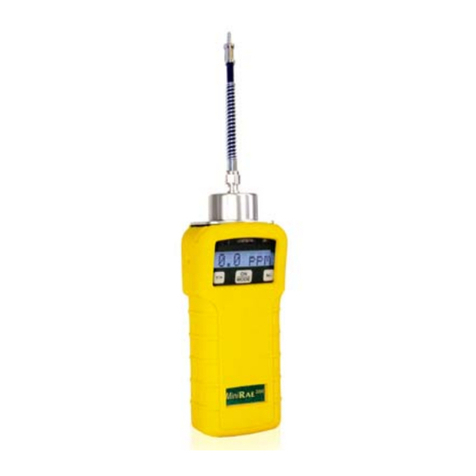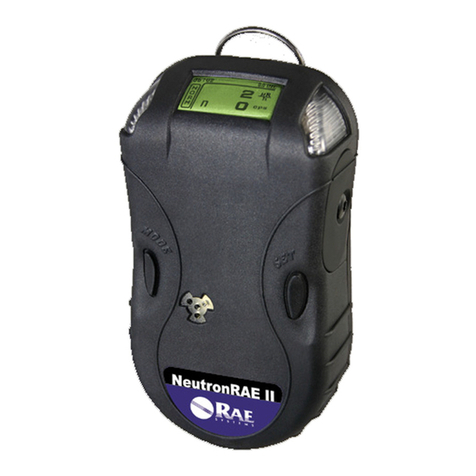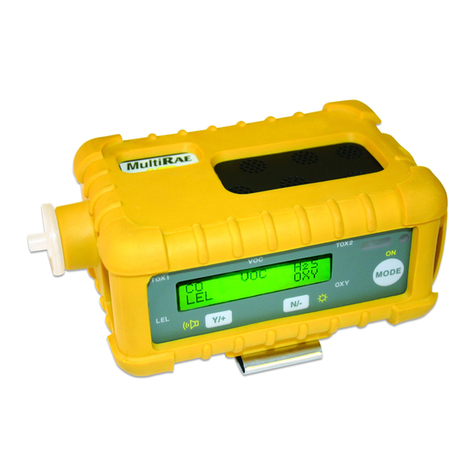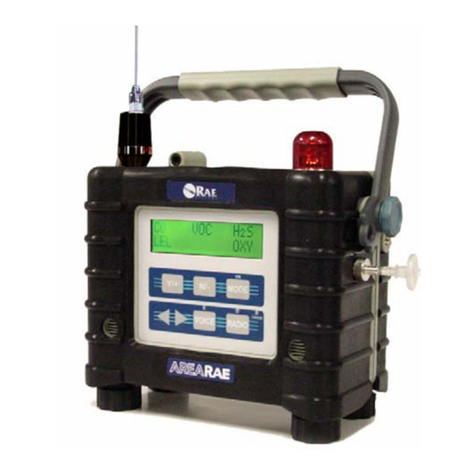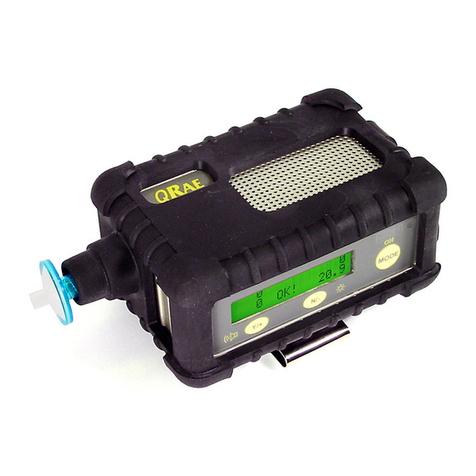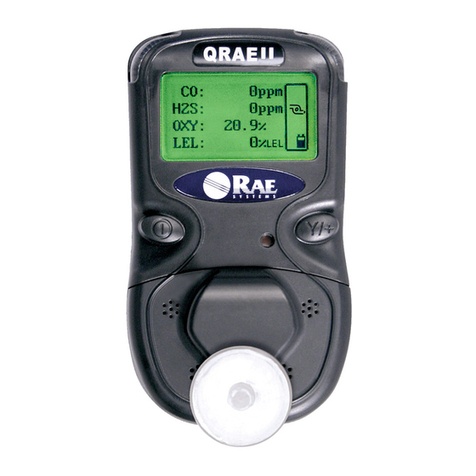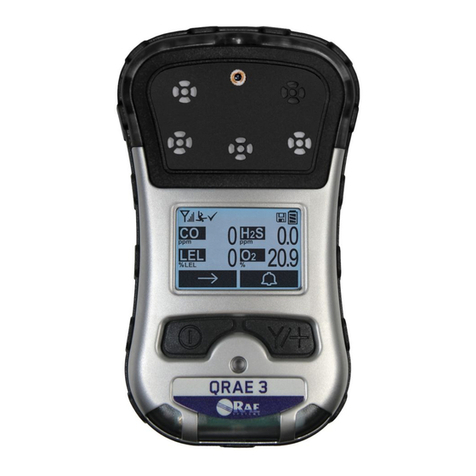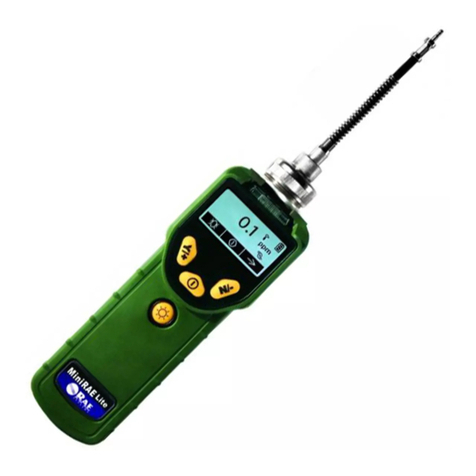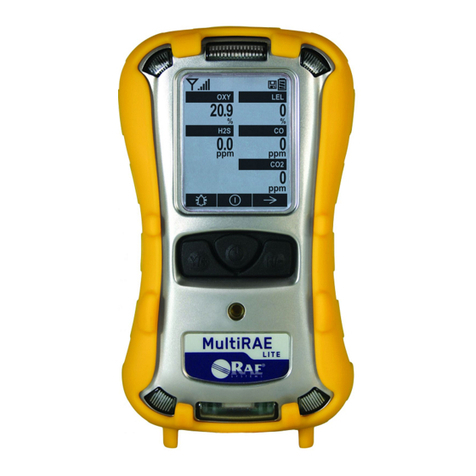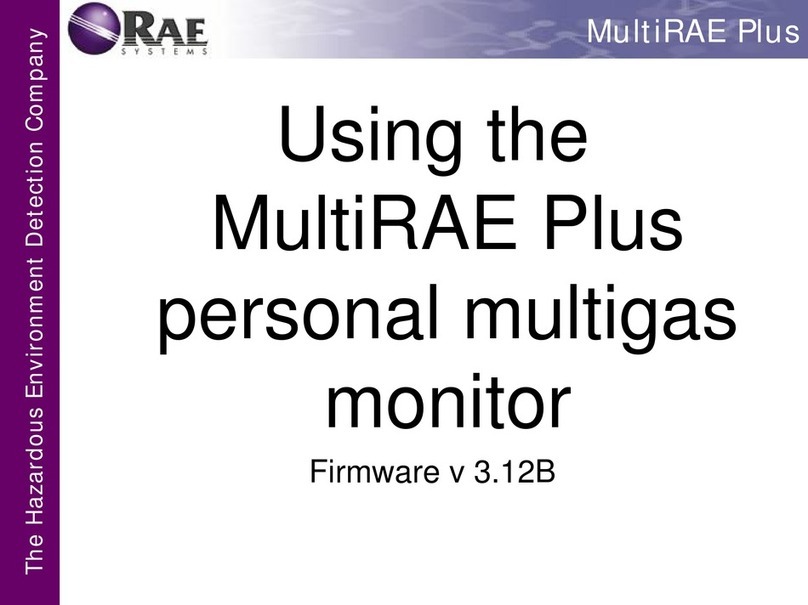
Technical Note TN-204 04/17/vk
1
Honeywell Internal
by Honeywell 877-723-2878 raesystems.com
MODES & APPLICATIONS FOR THE MULTIRAE BENZENE
INTRODUCTION
Benzene is a very well-known human carcinogen that is widely
distributed throughout nature (coal, crude oil, gas and gas con-
densate). In most fuel products (gasoline, diesel, jet fuel), it ex-
istsinconcentrationsofuptoseveralpercent,byvolume(vol%).
Benzene is a very important industrial
chemical,aswell.ItbelongstotheBTEX
aromatic family and is a liquid with a ra-
ther high vapor pressure. Due toits haz-
ardousproperties,Cal/OSHAset itsPEL
(Personal Exposure Limit) as 1 ppm of
TWA and 5 ppm of STEL (Short Term
Exposure Limit).1ACGIH recommends
even more strict limits of 0.5 and 2.5
ppm, respectively.2There are several
portable products on the market (from
RAE Systems, IonScience, Dräger) that
areabletomeasuresuchlowconcentra-
tions of benzene, but only the MultiRAE
Benzene combines the ability to make
quick benzene-specific assessment
(“snapshot”) measurements with the ad-
vantagesof a versatilemulti-gasmonitor (upto sixgas sensors)
with real-time wireless capability. It can support more than 20
intelligent interchangeable sensor options.
Note: This Technical Note applies only to the MultiRAE Ben-
zene monitor. For information regarding the UltraRAE 3000, re-
fer to RAE Systems Technical Note TN-127: “Benzene-Specific
Measurements In Petroleum Hydrocarbons Using The RAE
Systems UltraRAE 3000.”
INSTRUMENT AND CARTRIDGE
The MultiRAE Benzene is designed specifically for use with the
replaceable benzene-specific RAE-Sep Tube Cartridge, which
comprises six individual RAE-Sep tubes.
The MultiRAE Benzene hastwo modes: TVOC (Total Volatile
Organic Compounds) mode and Benzene mode. When used in
TVOC mode, its display shows all sensor readings continuously.
When the instrument is in benzene mode, the display prompts for
snapshot sampling.(Refer to the MultiRAE User’s Guide for details
on managing, calibrating, and measuring in both TVOC and Ben-
zene modes3.) To perform snapshot compound-specific (ben-
zene) measurement in addition to general VOC measurement
requires a RAE-Sep Tube Cartridge (available in packs of six:
P/N M01-0312-000).
Note: Each tube should be used for one measurement only.
The RAE-Sep Tube Cartridge is designed to provide six one-
time specific measurements of benzene. This cartridge has
unique properties and performance features not found in other
monitors’ separation tube configurations. It has been designed
to provide accurate, benzene-only measurement and has only
been evaluated and tested on the MultiRAE Benzene monitor.
Note: Failure to use the MultiRAE Benzene monitor with the
RAE-Sep Tube Cartridge will result in inaccurate detection or
measurement, which may include the failure to detect benzene
and possible serious injury or death.
Forpropercartridgeoperationandreplacement,refertothedoc-
ument “RAE-Sep Tube Cartridge For MultiRAE Benzene.”4
MultiRAE Benzene
with RAE
-Sep Tube

